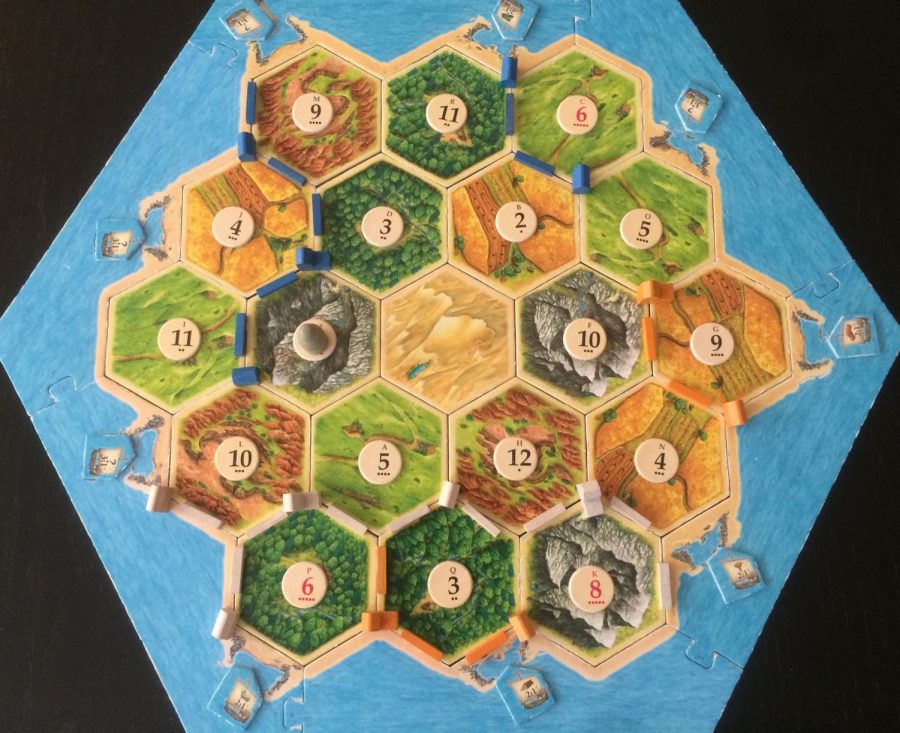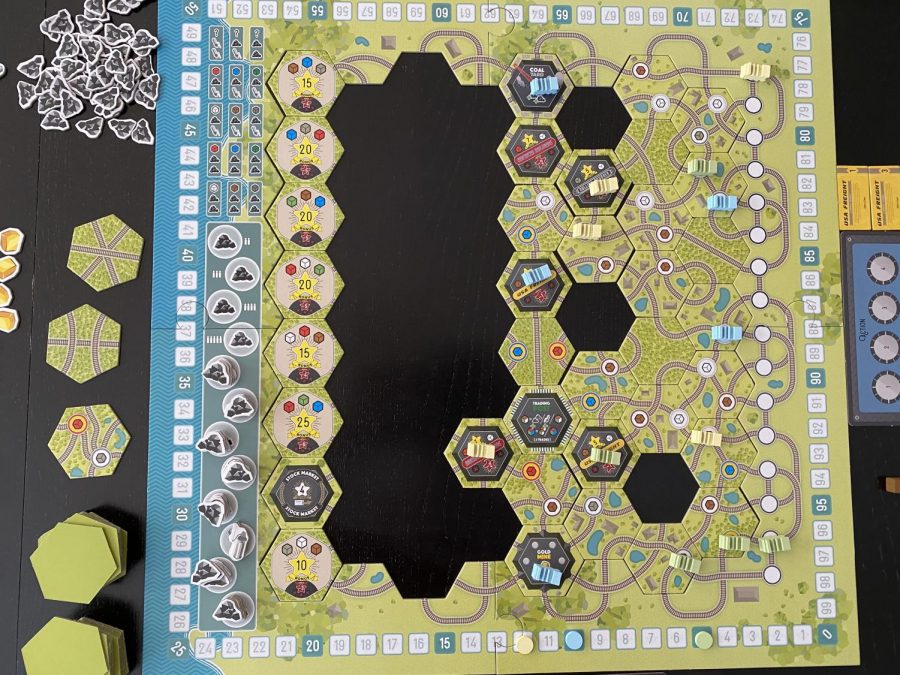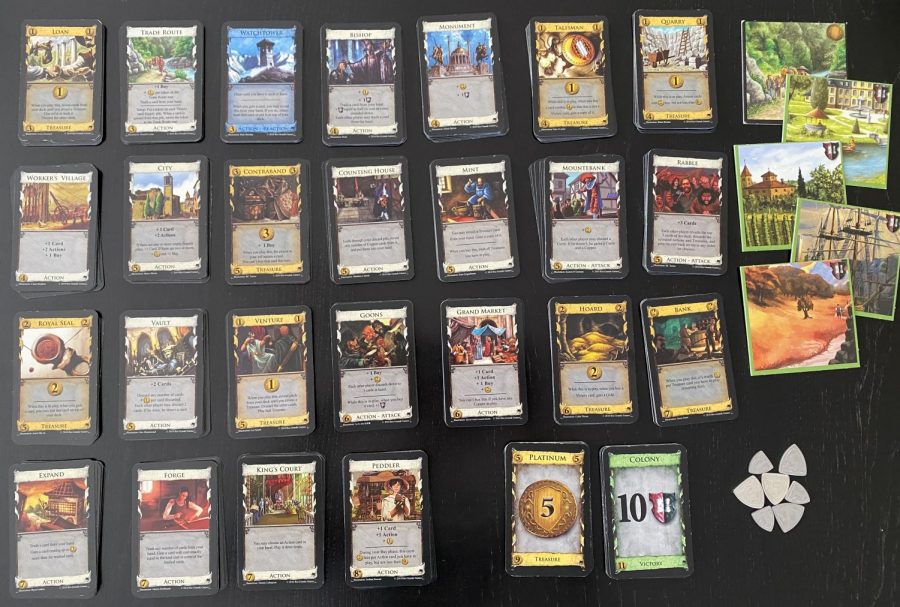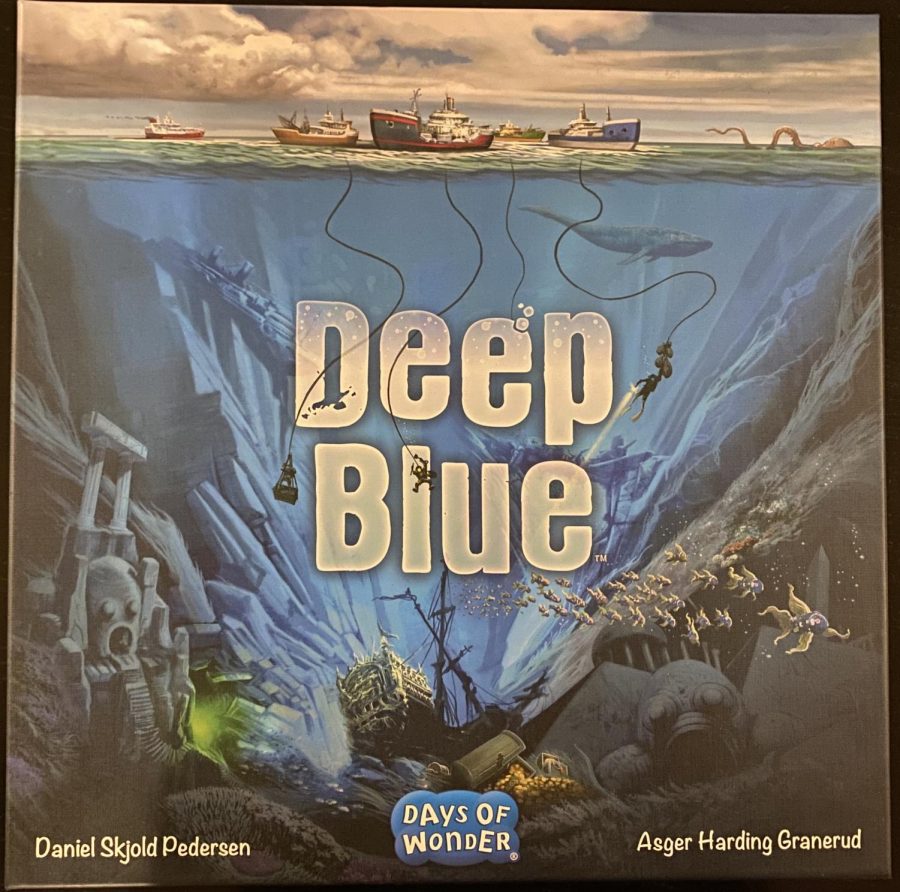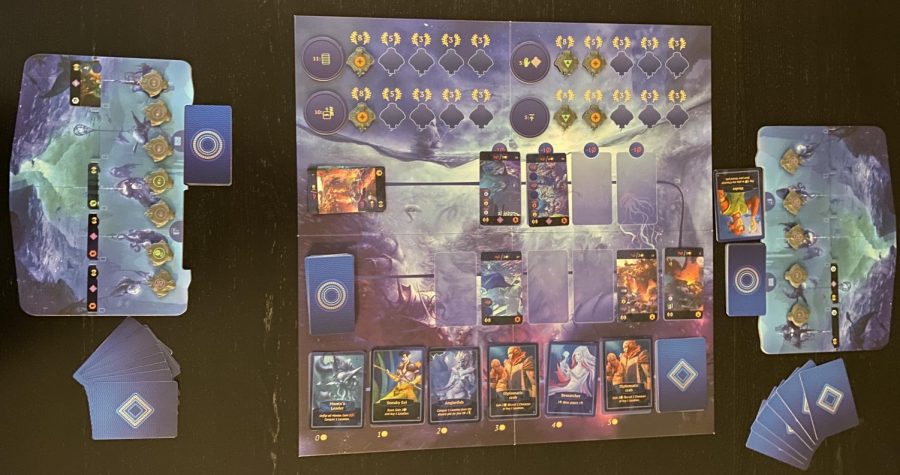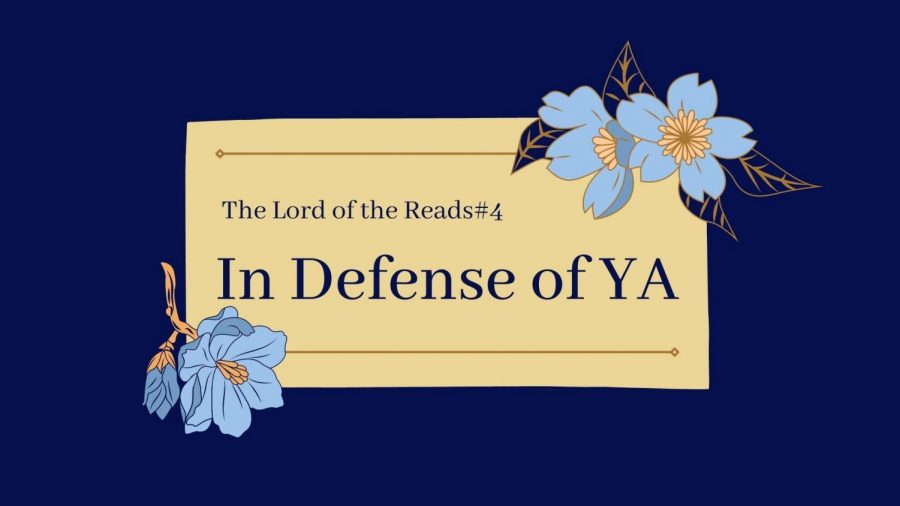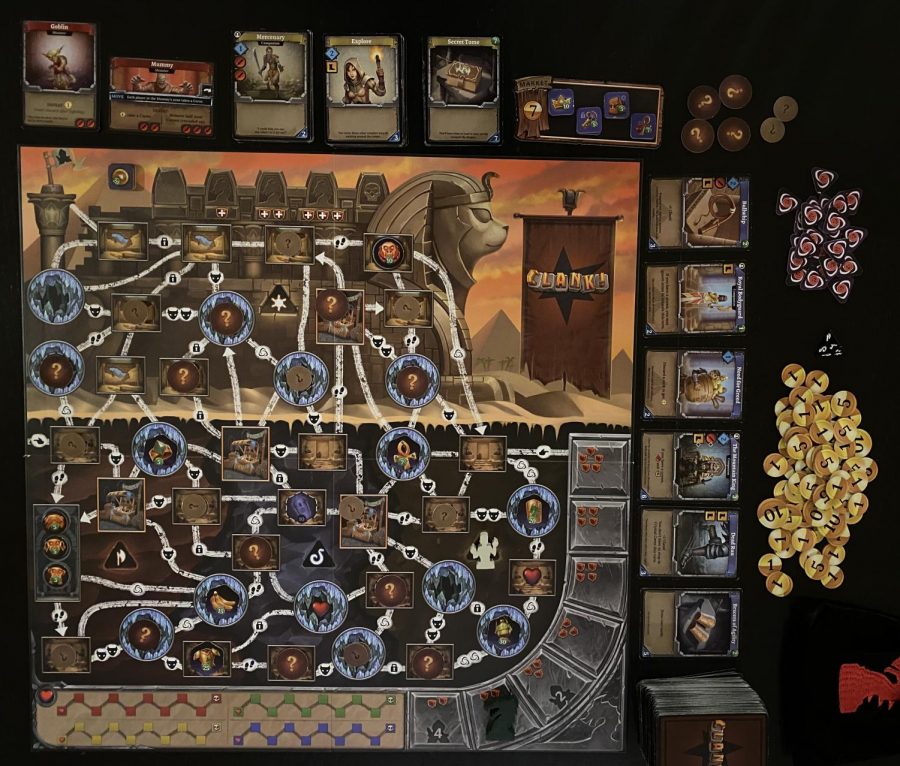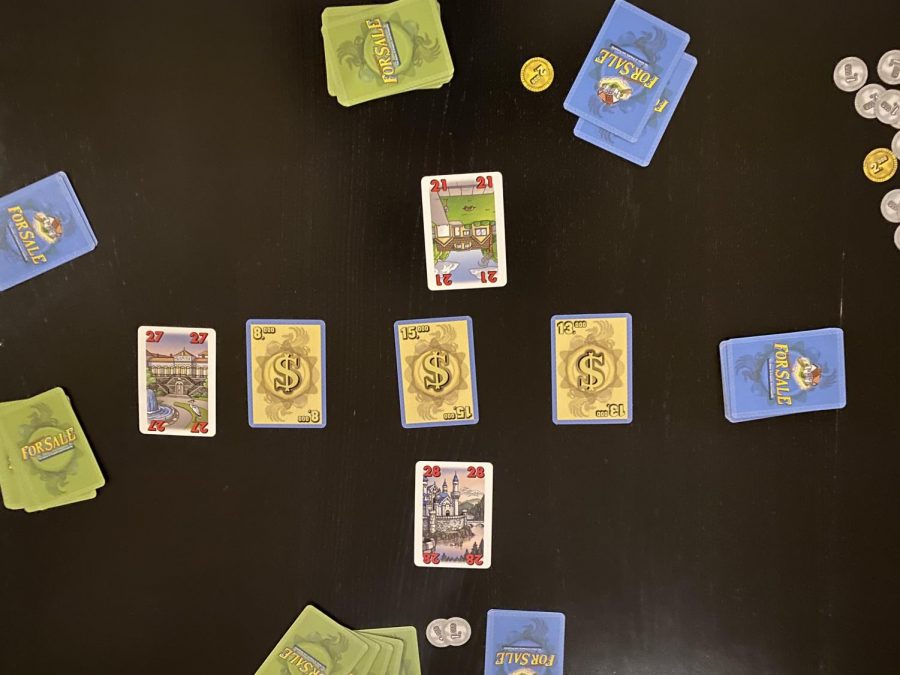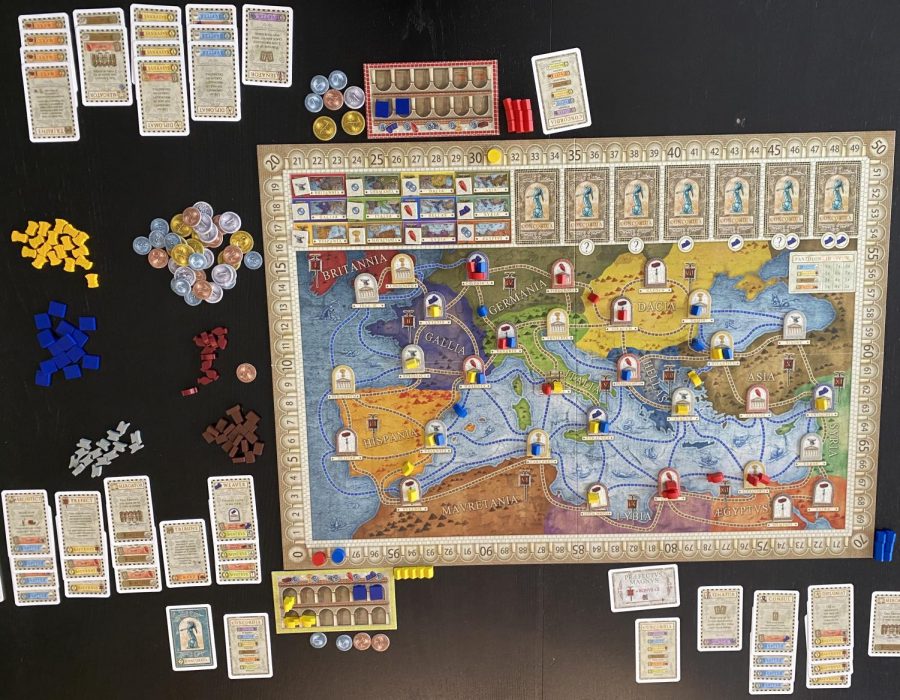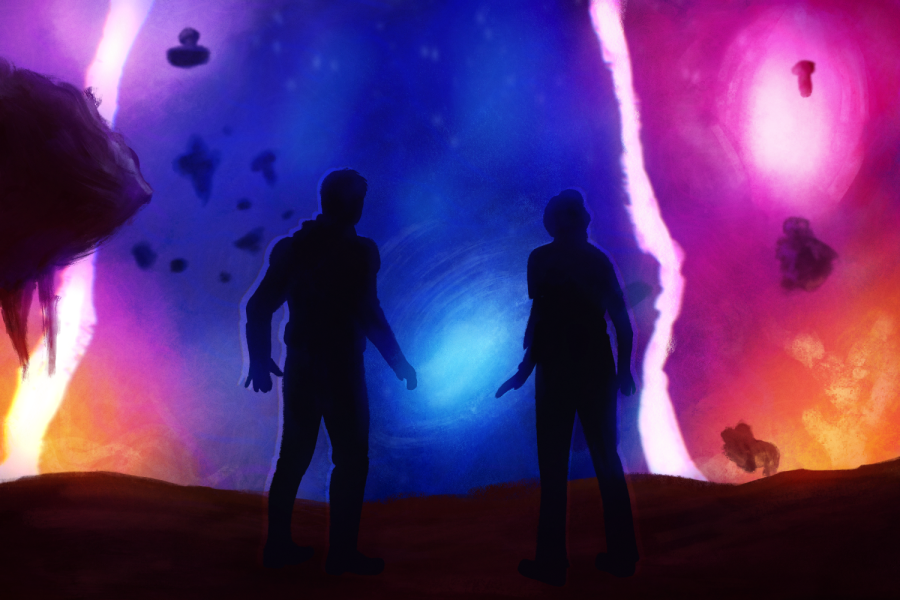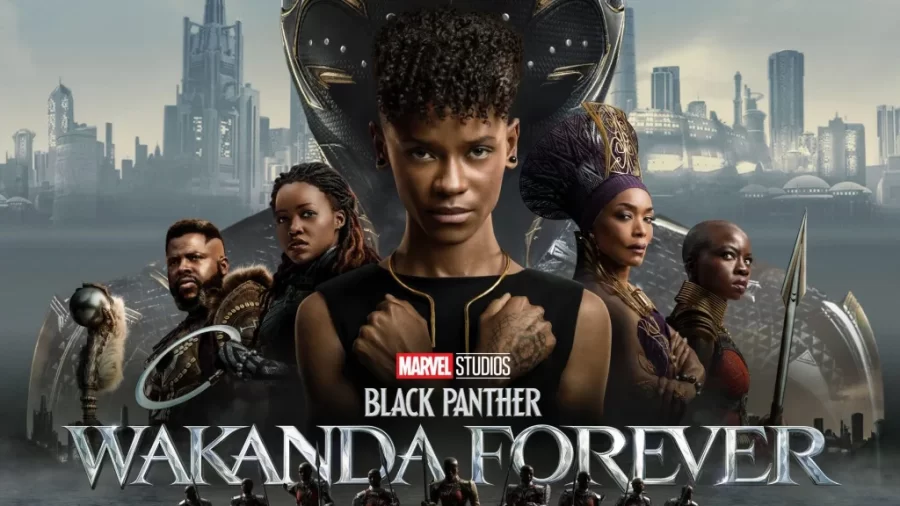Designed by Klaus Teuber, Catan is one of the most popular board games that exist. It’s a gateway level game, meaning that you don’t have to be experienced to play it, and it has sold millions of copies.
The goal of the game is to score 10 victory points as you trade, build, and settle on the island of Catan. The board is comprised of interlocked hexagons that represent different resources and board frames for the outside of the board that depicts the surrounding water and some harbors. The game is relatively simple, with only a few complicated rules, so let’s figure out how to play!
How to Play
If you are playing the game for the first time, there is a suggested board layout for your first game. The instructions will tell you how to place the hexagons, number tokens that go on the hexagons, and everyone’s starting settlements.
Usually, you will randomly lay out the hexagons, number tokens, and harbors. Then, you will do a setup phase to determine where everyone places their starting settlements. These are important because you can build roads, settlements, and cities connected to your initial building networks.
During the setup phase, the start player places a settlement on any empty intersection of the hexagons. They also place a road on one of the paths next to it. Placement continues clockwise until all players have placed one settlement and road. Next, players will do this again but in the reverse direction, starting with the last player to place their first settlement.
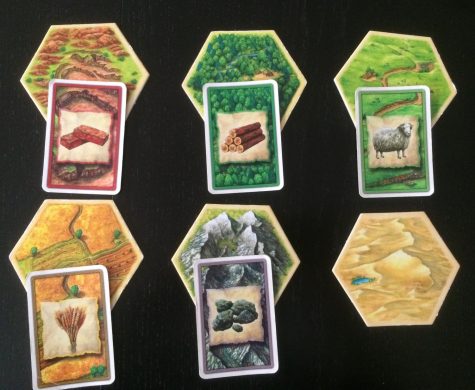

Only one settlement or city can be at each intersection, and only one road can be on each path. Additionally, the placement of new settlements must follow the distance rule. That rule states that settlements must be at least two intersections away from any other settlement or city. In other words, settlements cannot be built one space away from another settlement or city.
These two critical decisions wrap up the setup phase. Now the main part of the game can begin.
On your turn, you will roll two dice for resource production. Let’s say you roll a six. Next, we find all the hexagons with the number token six on them. Each settlement bordering that region gives the owner one resource of the type produced by that hexagon. Each city bordering that region gives the owner two resources of the type produced by that hexagon.
There are no number tokens for seven. Instead, if you roll a seven, you must move the robber to another hexagon, and place it on top of its number token. All players with more than seven cards must discard half of them. Then, you get to steal a random resource card from any opponent who has a settlement or city next to that hexagon. While the robber remains there, that hexagon no longer produces resources when its number is rolled.
Next, you have the opportunity to build and trade as much as you want to. There are two ways you can trade. One way is to negotiate with the other players. You can freely trade resources with opponents as long as both players agree. The other way to trade is with the bank. You can give four resources of the same type for any other resource of your choice.
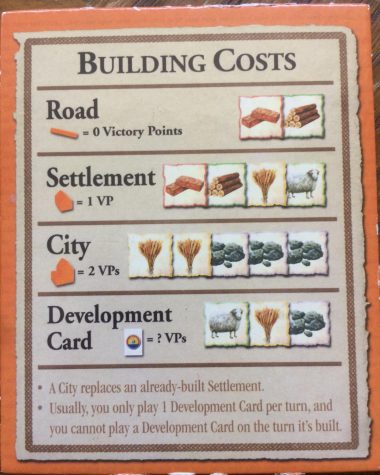
Your building cost card shows you what resources you need to build things. For one brick and one lumber, you can build a road on any path connected to one of your roads, settlements, or cities. You will need to build roads to get to new places to build settlements. For one brick, one lumber, one wheat, and one wool, you can build a settlement. It must be connected to one of your roads and follow the distance rule. Settlements are worth one victory point.
For two wheat and three ore, you can build a city. A city replaces a settlement, produces two resources, and is worth two victory points. For one wheat, one wool, and one ore, you can buy a development card. You can play one development card per turn to carry out the text on the card. More than half of these cards are knights, which let you move the robber. A few of them are worth a victory point, and a few of them have a special effect.
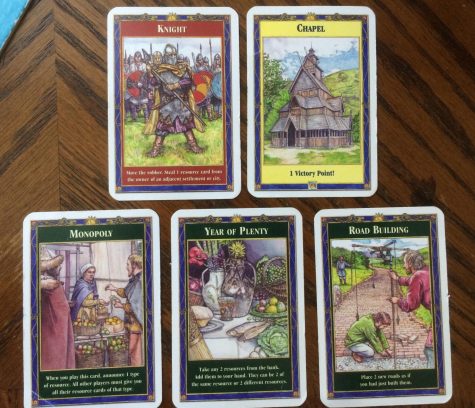
There are a few additional rules I didn’t point out yet. While settlements on the outside of the board will only touch one or two hexagons, they may border harbors. Harbors allow the player to trade with the bank at a better rate. Some let you trade three of the same resource for one of your choice instead of four. Others allow you to trade two resources of a certain type for one resource of your choice.
There are also the longest road card and the largest army card, each worth two victory points. The longest road card goes to the player with the longest continuous road. The largest army card goes to the player with the most played knight cards.
Players will continue to take turns until one player reaches 10 victory points on their turn.
Final Thoughts
Catan has a lot of popularity because it is a simple game that isn’t driven by luck as much as Monopoly or Sorry and has a lot of player interaction. How well you do in this game is based on your decisions.
The suggested layout is really just a practice game; you can play to learn the rules. You miss out on a lot of the strategy when you don’t choose the location of your initial settlements.
During the setup phase, you have to figure out what resources and number tokens you want next to your initial settlements. It is difficult to get all of the most probable numbers, access to all the resource types, and the ideal location of the settlements in relation to the rest of the board. Therefore, you’ll have to pick and choose what is most important for your strategy. I like this part, and it is the most important decision you make in the entire game. Although you can look at the theoretical probabilities of each number, the experimental dice outcomes are not always what you would have expected.
However, even with the luck of the dice, it doesn’t feel like you lost the game because of bad luck. You usually feel that you are in control of what you are doing because you looked at the probabilities when you placed your settlements. The numbers usually follow the theoretical probabilities with a few exceptions each game, but one dice roll can change who wins a close game. Unfortunately, if you aren’t getting resources for many turns, there isn’t anything you can do on your turn.
I like the mechanism for resource production but would have preferred a way to reduce getting lots of improbable rolls. Nevertheless, most people will not mind this at all, and if you are looking for a game with minimal luck, then Catan is not one that you will enjoy.
Another interesting point is the player interaction. Everything going on happens on the hexagonal board. There can definitely be issues finding a place to build a settlement or needing a ton of roads before you can obey the distance rule. It’s even possible to be completely cut off. At the beginning of the game, players may also build a few extra roads to secure places for their next settlements. While a 4-player game is a lot tighter than a 3-player game, you can usually avoid this issue by placing your initial settlements away from your opponents.
And the robber in Catan is one of the meanest villain characters in any board game. When it gets placed near you, not only do you lose a resource on that turn, but you also lose resources each time that number is rolled. The only way to get rid of the robber is to roll a lucky seven or to have a knight card, which can be difficult when resources get robbed.
Overall, the multitude of player interaction in this game gives it the potential to be extremely cutthroat and mean some of the time. But, besides the player interaction and some luck of the dice, there are many interesting strategies to pursue.
Since roads and settlements both require a brick and lumber, one common strategy focuses on collecting lots of bricks and lumber and building a long road with settlements along the way.
Due to cities and development cards both requiring wheat and ore, another common strategy is to build cities quickly. Also, this player would buy development cards attempting to get the largest army and some victory point development cards.
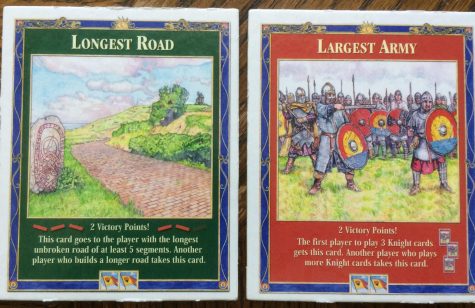
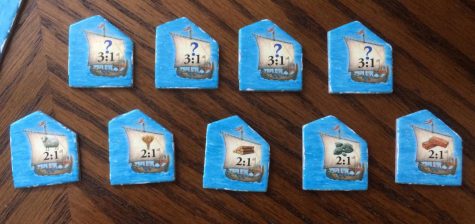
Harbors are another great strategy. Harbors that let you trade three resources of the same type for one other one is a good advantage. The ones that let you trade two resources of a certain type for a resource of your choice is extremely powerful if you can get a lot of resources of that type. The longest road and largest army cards are also fun to compete for.
Every game seems different because the resource hexes, number tokens, and harbors can be rearranged. That will change where you want to place your starting settlements and what you want to do during the game, but the main strategies used in the game remain the same.
I like the strategies involved in the game, but the game can become not fun if you get cut off, robbed a lot, or the numbers your settlements and cities are next to don’t get rolled. Some games are close where multiple players would reach 10 victory points within turns of each other, but some games are landslides that make you not want to play this again.
As a comparison, we’ll briefly compare Catan and Ticket to Ride because they are both gateway level games, meaning they are a game that introduces someone to the board game hobby. I don’t mind using either one when playing with someone unfamiliar with board games, but I usually pick Ticket to Ride because it plays 2-5 players, and Catan only allows for 3-4 players.
When I prefer to play more advanced games, I go back to Ticket to Ride more often than Catan because of the player count, and because Ticket to Ride is consistently a fun game that delivers player interaction and minimal luck better than Catan.
Still, Catan is a good introductory-level game that has interesting tactical decisions and is easy to learn and play. You can find a copy of Catan at some stores and online for about $35-50. With mean player interaction, including the robber, being the only major issue, Catan earns a decent 6.5 out of 10 rating.

